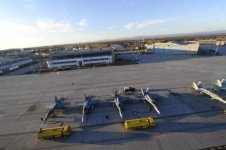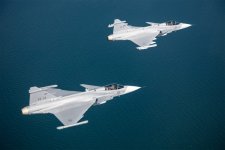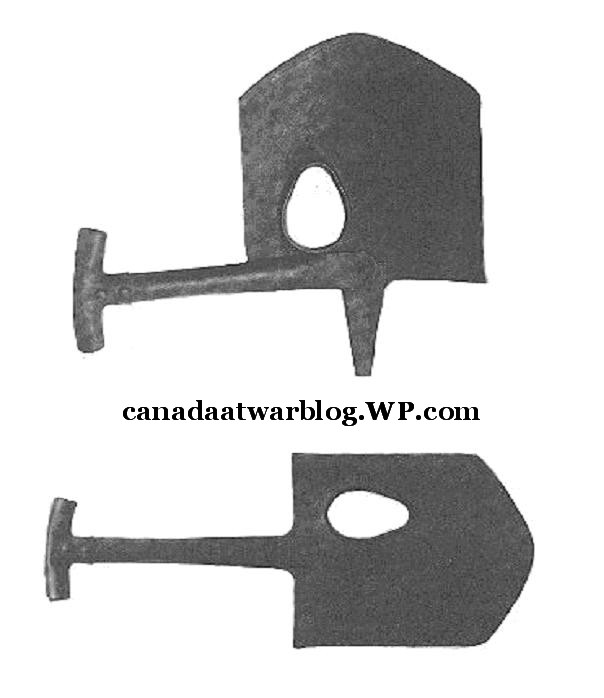Government awards design contract for future fighter infrastructure in Bagotville
As outlined in Canada’s defence policy, Strong, Secure, Engaged, the Government of Canada is providing Canadian Armed Forces (CAF) personnel with the infrastructure they require to support their future operations.
On Oct. 2, the Honourable Harjit S. Sajjan, Minister of National Defence, announced a $12.1-million contract award to EllisDon-EBC Inc. Joint Venture of Ottawa for the design of a new fighter jet facility at 3 Wing Bagotville, one of two main operating bases for Canada’s future fighter aircraft. This infrastructure, along with the facilities being built at 4 Wing Cold Lake, will support the long-term maintenance and operation of 88 new aircraft being procured for the Royal Canadian Air Force (RCAF) through the Future Fighter Capability Project (FFCP).
“Modern infrastructure is a critical step to remaining operationally ready for the future, and this project is another guarantee that we will continue protecting Canadian sovereignty while standing with NORAD and NATO, today and tomorrow,” said Sajjan. “We are well on our way to constructing the modern facilities we need to house our future fighter fleet.”
This contract is an important milestone in preparing Bagotville for the future fighter, and delivering the infrastructure our aviators will need. Both the Cold Lake and Bagotville infrastructure projects will provide significant economic opportunities for the Canadian construction industry, as well as their respective communities. In total, approximately 900 jobs are expected to be created during the design and construction of both facilities.
The Bagotville facility will host two tactical fighter squadrons and will cover approximately 12,500 m2, providing space for daily operations, maintenance, administration, mission planning, and simulator training.
“By investing in infrastructure for the future fighter aircraft and the Canadian Armed Forces, the government is also investing in the Bagotville community,” said Anita Vandenbeld, Parliamentary Secretary to the Minister of National Defence “The design and construction of this new facility will provide economic benefits for Canadian industry and the Bagotville region, while ensuring our military remains strong, secure, and engaged.”
Quick Facts
-A $9.2-million contract was awarded in August 2020 to EllisDon Construction Services for the design portion of the Cold Lake future fighter infrastructure.
-Construction is expected to begin at both bases in summer 2022.
-Both the Bagotville and Cold Lake design contracts will include options for the contractors to build the new facilities, and any additional infrastructure once the future fighter is selected, should Canada decide to exercise these follow-on options.
-By awarding these infrastructure design contracts now, before the future fighter is selected, necessary work can proceed and bases will be ready for the first aircraft deliveries.
-These facilities will be designed and constructed to Leadership in Energy and Environmental Design Silver standards and will use energy efficient options wherever possible.
https://www.skiesmag.com/press-releases/government-awards-design-contract-for-future-fighter-infrastructure-in-bagotville/?utm_source=skies-daily-news-top-story&utm_campaign=skies-daily-news&utm_medium=email&utm_term=top-story&utm_content=V1





